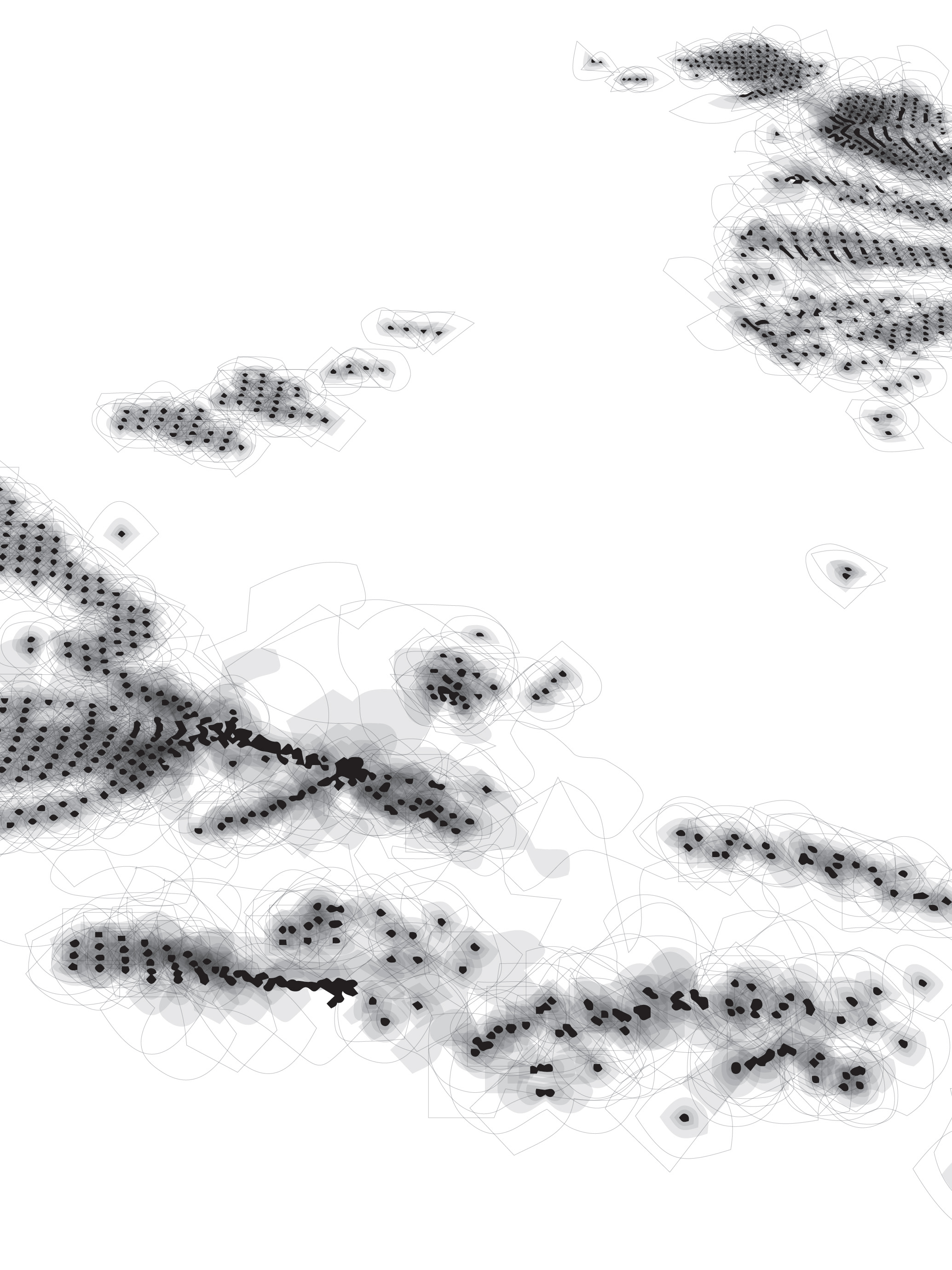In the New Economic Foundation, the UK energy resources are described as primarily privatized electric companies, also known as the big 6 electric companies. Large electric companies obtain most of their energy from non-renewable resources, such as gas, coal, and nuclear. Residents of UK do not have control which energy resources they can purchase. This sparks a new conversation about energy democracy, where people can fight how their energies are being produced. Isle of Eigg, located in the small isles of Scotland, is a good example of a self-sustaining island with their own energy resources, which is a population of 105 residents owning full purchasing rights to the land and territory.
While observing the isle of Eigg, this island serves as a good case study to conduct research on the renewable energy resources. The research is conducting an augmented energy potential on the island to observe the maximum output of solar, wind, and hydro power. With the constraints of the existing land use and electrical grid, extended energy resources can be superimposed to promote higher power potentials throughout the island’s natural resources within high solar radiation, high winds, and constant stream movements. The new energy infrastructure then connects to the existing grid, but also make a case for the UK energy resources. This island becomes a good model to follow scale and power output.
In parallel to this island, there are 32 counties within the UK sharing the same areas. This Eigg island model can potentially be extrapolated to specific 32 counties in the UK, where residents can gain purchasing power of which energy resources they can buy from. As a result, the residents of UK within the 32 counties can take back their energy rights through this energy democracy model.



